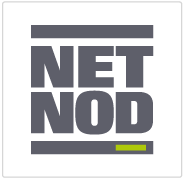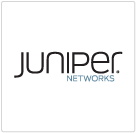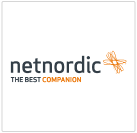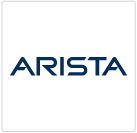DKNOG12
Park Inn by Radisson
DKNOG12
Watch DKNOG12 live here: https://www.youtube.com/c/dknog/live
We are proud to announce DKNOG12, the much-awaited return of the must-attend Nordic network industry conference.
After a long hiatus during the global pandemic, DKNOG12 will happen this year in May, and we are looking forward to seeing you all again in person in Copenhagen.
Practical Planning
When?
The dates will be May 5th - 6th.
Where?
Park Inn by Radisson Copenhagen Airport
Engvej 171, 2300 Copenhagen, Denmark
Want to speak?
The call for presentation is open, and we really want to hear all your ideas for talks. Submit a proposal using the menu to the left.
Want to sponsor?
Talk is cheap, except when it's in a hotel. Let us know if you want to sponsor - dknog@dknog.dk.
Sponsors
The DKNOG conference could not be arranged without the generous sponsorships from the following organisations and companies:
Platinum
Gold
Silver
Associate
As always. Any questions will be answered if you write us an email at dknog@dknog.dk. Alternatively you can find some of the organizers hanging out in channel #dknog at the OFTC IRC network.













